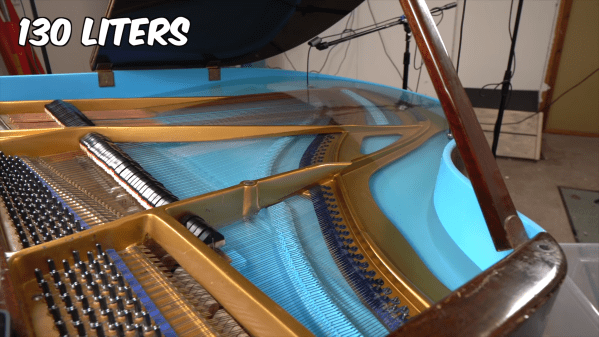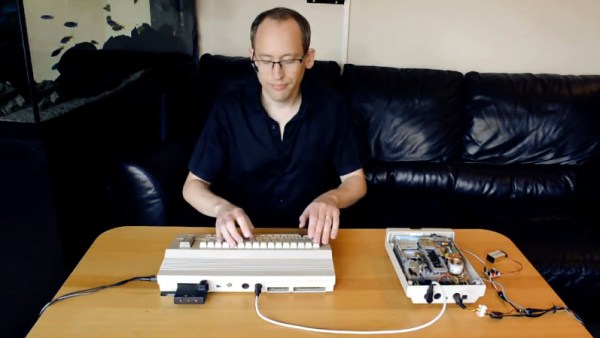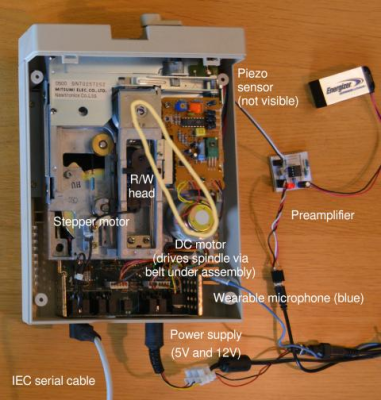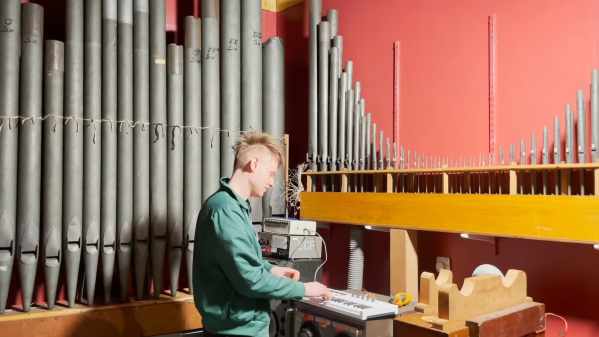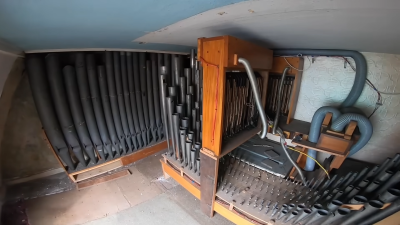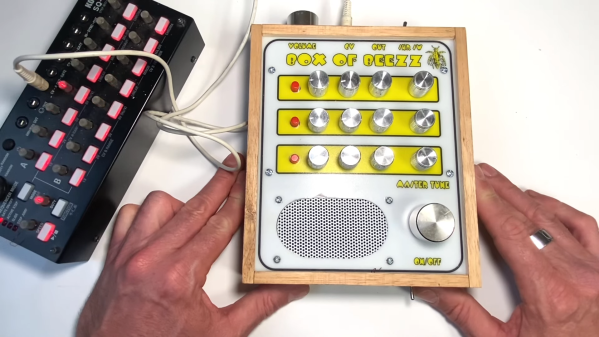Humans have been making musical instruments from whatever items are close at hand for thousands of years, and we aren’t showing any signs of slowing down yet, least of all artist [Nicolas Bras] and collaborator [Sandrine Morais.] They have been designing and constructing quite a number of DIY instruments over the years, with this demo video highlighting a whopping 72 of them in the space of just seven minutes!
Clearly, [Nicolas] is one of those people who can play literally anything, and shows his skills off very well indeed if you ask us. Particularly fine sounding is the pilchards tin guitar found at 2:52 in the video, and the electric pipe beat box at 2:10 is also pretty fun.
Pretty much all the usual methods for producing sounds mechanically are covered, namely air resonating within a shaped enclosure (flutes, and such), string vibrations which might be sensed electrically (guitars, zithers, etc) and percussive instruments which vibrate an enclosed air mass (like the udu) or vibrate other things (like plates or bars). Looking over the YouTube channel, we can’t think of much they haven’t tried to make music with!
If all this sounds familiar, well, we covered [Nicolas] that time he was traveling for a gig and his instrument collection got lost in transit.
Continue reading “72 DIY Musical Instruments Played In 7 Minutes”

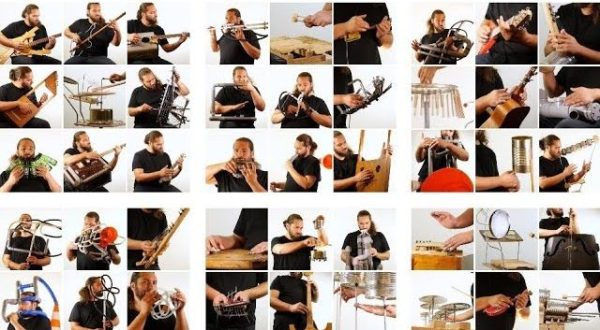
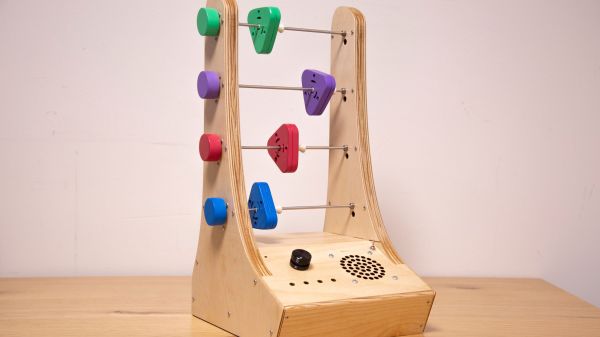

 the collection of instrument controllers. These controllers are generic enough to take RS485 input and control a dedicated driver for either an array of floppy drives (up to 192), an array of hard drives or the handful of scanners. The way the floppy drives are grouped is quite neat. Rather than using each drive to generate a specific tone, the software uses the whole column for each note. By varying the number of drives moving simultaneously over time, the sound volume varies, simulating the note envelope and giving a richer sound. Multiple columns driving in parallel give the system a 16-note polyphony. The floppies cover the low notes, with the four flatbed scanners covering the higher notes. MIDI drum sounds are mapped to the hard disks, operating in a, well, percussive manner, with different case shapes giving unique sounds. Even the firmware can be updated over MIDI! So, checkout the demo video after the break for a sweet rendition of the very familiar “Entry of the gladiators” by
the collection of instrument controllers. These controllers are generic enough to take RS485 input and control a dedicated driver for either an array of floppy drives (up to 192), an array of hard drives or the handful of scanners. The way the floppy drives are grouped is quite neat. Rather than using each drive to generate a specific tone, the software uses the whole column for each note. By varying the number of drives moving simultaneously over time, the sound volume varies, simulating the note envelope and giving a richer sound. Multiple columns driving in parallel give the system a 16-note polyphony. The floppies cover the low notes, with the four flatbed scanners covering the higher notes. MIDI drum sounds are mapped to the hard disks, operating in a, well, percussive manner, with different case shapes giving unique sounds. Even the firmware can be updated over MIDI! So, checkout the demo video after the break for a sweet rendition of the very familiar “Entry of the gladiators” by 